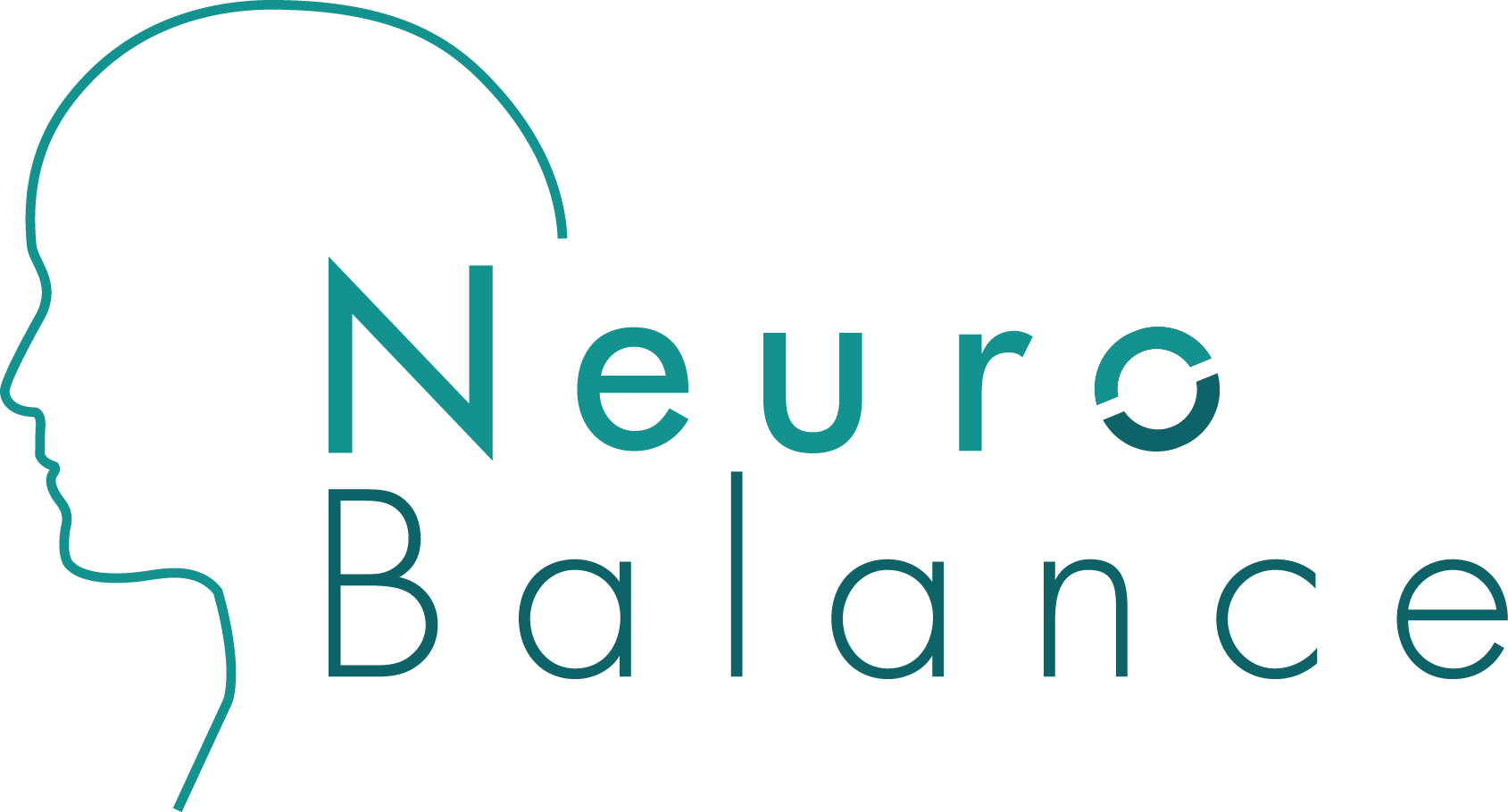What Does a Brain Scan of a Dying Patient Look Like?
Answering the question, “what happens to a human brain during the process of dying” has interested neuroscientists forever. Having the opportunity to record brain activity from a dying person that researchers could then analyze to determine what the neural circuitry does in it’s last moments, has now been revealed in a new study.
Could you imagine your entire life’s activities being relived in a manner of seconds? The idea of life flashing right before your eyes now being recorded in someone who is dying and what that would look like?
This process is referred to as “life recall” can be compared to having a “near death “ experience. Being outside your body in an instant. Watching personal memorable moments in your life flash before you.
Well, neuroscientists have now recorded actual brainwave activity using a continuous electroencephalography (EEG), which was published in Frontiers. The findings could bring new insight to the possibility in how the brain demonstrates organizational skills during death that would help explain the vivid recall and near death experiences so many people speak about.
It appears the dying human brainwave activity is similar to that of meditation, dreaming and memory recall.
The study was first published in Frontiers in Aging Neuroscience and suggests that it is all a programmed and coordinated effort by the brain to remain active during and after the transition to death. This news now challenges our understanding of at what point is someone considered dead.
Dr. Raul Vicente of the University of Tartu, Estonia and his colleagues, treated an 87 year old seizure patient with a continuous EEG to detect, treat and record brainwave activity. During the treatments the patient suffered a heart attack and died. This unexpected tragic event allowed them to accidentally record the brain activity of a dying person for the very first time; ever.
Here’s what Dr. Ajmal Zemmar, organizer and neurosurgeon at the University of Louisville, had to say. "This is why it's so rare, because you can't plan this. No healthy human is gonna go and have an EEG before they die, and in no sick patient are we going to know when they're gonna die to record these signals".
"And surprisingly, after the heart stops pumping blood into the brain, these oscillations keep going," Zemmar said, "So that was extremely surprising for us to see."
“We measured 900 seconds of brain activity around the time of death and set a specific focus to investigate what happened in the 30 seconds before and after the heart stopped beating. Just before and after the heart stopped working, we saw changes in a specific band of neural oscillations, so-called gamma oscillations, but also in others such as delta, theta, alpha and beta oscillations.”
Brainwaves or oscillations are the normal rhythmic patterns of brain activity (bioenergy) that occur in a fully living and functioning brain. Within the scope of brainwaves, some are faster cycling, while others are slower wave forms. These diverse types of brainwaves like gamma, are predominant during concentration, higher- cognitive functions, problem solving, memory retrieval, informational processing, dreaming, flashbacks and conscious thoughts.
Dr. Zemmar went on to say, “Through generating oscillations involved in memory retrieval, the brain may be playing a last recall of important life events just before we die, similar to the ones reported in near-death experiences. These findings challenge our understanding of when exactly life ends and generate important subsequent questions, such as those related to the timing of organ donation.”
It took Dr. Zemmar and his team of colleagues five and a half years to complete this study in part because they were waiting to see if there would be another case that would come up and give support to what they were finding.
Finding Hope From This Study
Although this is the first and only case of it’s kind. The possibility remains that what is happening in our brains during the death process is a well orchestrated effort to organize itself as a biological response programmed in our DNA. This could prove to be a closer glimpse into what neuronal death looks like in the human species. The brain in it’s final moments of life, is activating its memory centers to communicate love and happiness as it prepares for death.
The human brain is the most complex and least understood of all the human organs. Throughout a life, it will be responsible for and record all emotional, motor, physical, sensory, and from every system in the body from health through illness and birth until death. The reasoning behind how this miraculous organ is programmed to shut itself down at the end of ones life is not a clear one.
But the results from this research could suggest that a dying person is experiencing some of their most favorable experiences and beautiful memories in their lives.
https://www.frontiersin.org/article/10.3389/fnagi.2022.813531
-A Balanced Brain is a Better Brain-
